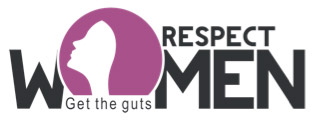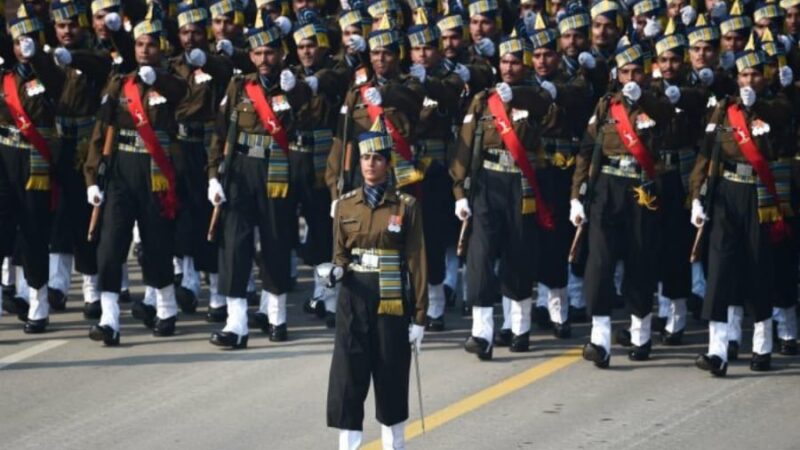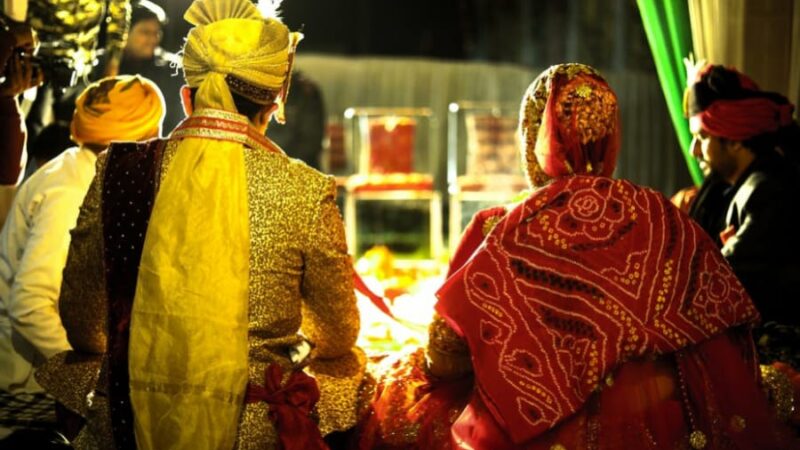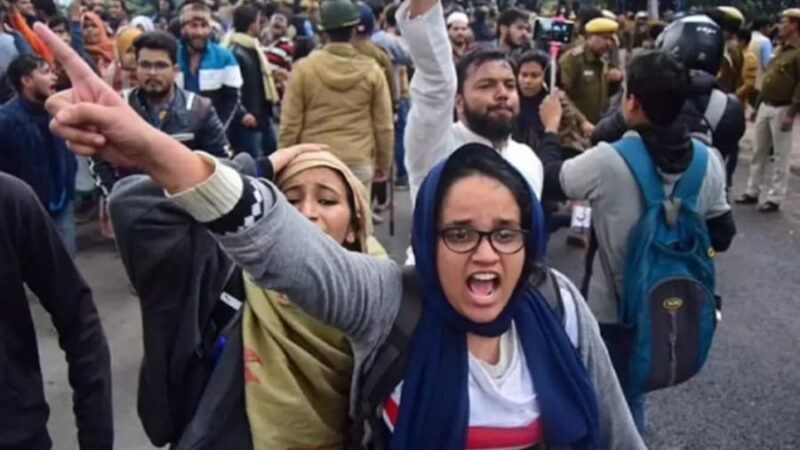Virtual Abuse of Women
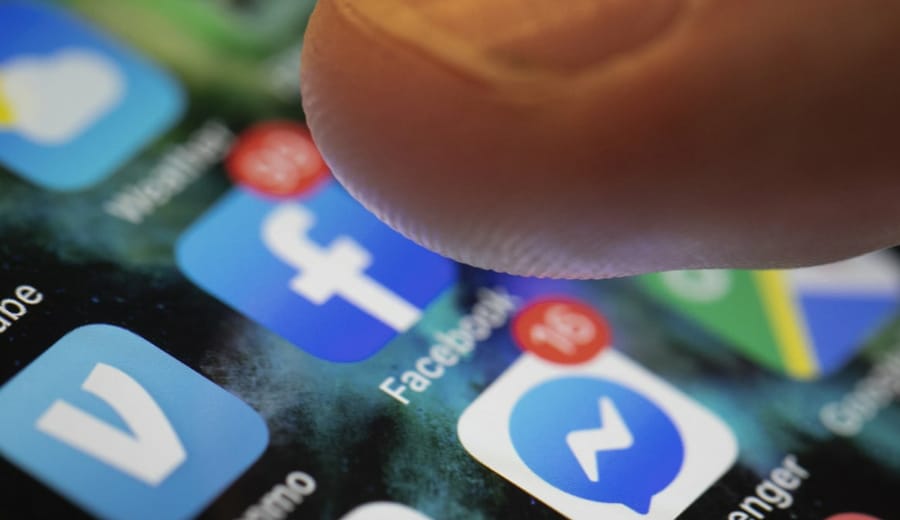
Of all the rights a citizen can legitimately exercise, right to free speech is of utmost significance. This right is sacred and has been regarded worthy of protection since 1215. In 1948, the UN recognized ”free speech as a human right” in article 19 of the Universal Declaration of Human Rights, which states- “The right to hold opinions without interference and to seek, receive, and impart information and ideas through any media and regardless of frontiers.”
The International Covenant on Civil and Political Rights (ICCPR) states that everyone has the right to freedom of expression, and this right extends to freedom to seek, receive and impart information and ideas of all kinds, regardless of frontiers, either orally, in writing or in print, in the form of art or through any other media of his choice.
A democratic country like India with millions of voices cannot function without the right to free speech as the right allows the citizens to bring forth their opinions and express dissent. Yet, in the world’s largest democracy, women are being attacked and threatened on social media when they exercise their right to speech. Here are certain instances of virtual abuse of women which shows the darker side of social media-
Sagarika Ghose, a prominent journalist was threatened on the social networking site Twitter. She was threatened with rape and stripping on the site for voicing her opinion. The abuse went on to its heights when her daughter’s name and school’s details were also tweeted. Feeling alarmed by this, she was forced to stop posting on the site, thereby curtailing an essential right. Kavita Krishnan, a prominent Delhi-based women’s rights activist, was attacked vehemently during an online discussion on violence against women on one of India’s leading news website. A person made derogatory comments and threatened to rape her. When the abuse continued, she left the chat. Later, an edited version of the chat was posted on the site and an apology was made to her. Arpita Phukan Biswas, researcher on gender and caste based issues was issued threats of rape when she expressed her dissent against Indian singer Palash Sen’s misogynistic remarks at a cultural festival. She primarily let it go but as threats grew uglier, she began posting about this traumatic experience on Twitter and Facebook. After that, some people said that she must be made raped so that she can shut her mouth. Meena Kandasamy, an author and activist tweeted about a beef-eating festival at a Hyderabad university. The result was that she was threatened with a live-telecasted gang rape and acid attacks. Fearing danger to her life, she decided to go to police. Gul Panag, actor and activist who has been an emphatic voice on Twitter, drew a barrage of flak by contesting on a Common Man’s Party ticket. Some angry users began posting her morphed photographs in lingerie with strategically placed accessories. However, in this instance, the tweets supporting her far outweighed those criticizing her.
Social media is supposed to be liberating, not rebuking. Women are targeted more when they voice their opinion about religion, politics, sexuality, and redundant traditions. A study by Internet Democracy Project shows that many people expect women to be submissive while others believe they can target women by intimidating them, which results in cyber abuse and bullying. Also, very often it is not about what women are posting about, but the very act of women openly exercising their right of free speech leads to their being targeted on social media.Healthy criticism is always necessary and welcome, but questioning a woman’s professional integrity and threatening her unreasonably is unacceptable.
It is appalling is that all such instances take place despite stringent laws in place. India has the comprehensive Information Technology Act of 2005, Section 66A of which deals strictly with those sending inflammatory and abusive messages on the internet. This law however has not been helpful to women cyber abuse and bullying as their complaints are more often than not dismissed as trivial. Due to this, some women have stopped going to the police and instead focus on getting the indecent comments removed.Though the abuse on internet is virtual, it is still scathing and traumatizing. No matter how thick skinned a woman is, threats of rape and acid attacks are bound to affect her, if not physically but mentally. Such attacks can only mean that misogyny is occupying the social media. Granted that even the men are attacked on networking sites, but abuse against women is more prevalent and forceful.
The online fraternity should come out and strongly support the women who are subjected to such abuse because the cyberspace is constructed by all users who use these platforms and they must ensure that it is free from such misogynistic practices.The law enforcement agencies also need to be more cautious and take serious cognizance of such offences under the IT Act.Freedom to represent ideas and views without any reservation or fear is indicative of progress and development. Women have this right as much as the men and they must be allowed to clearly state their point of view. Those who disagree with them also have a right to criticize them and express their dissent, but such dissent should not amount to abuse and bullying.
————–
About the Author: This article is contributed by Kudrat Agrawal, our Intern.
